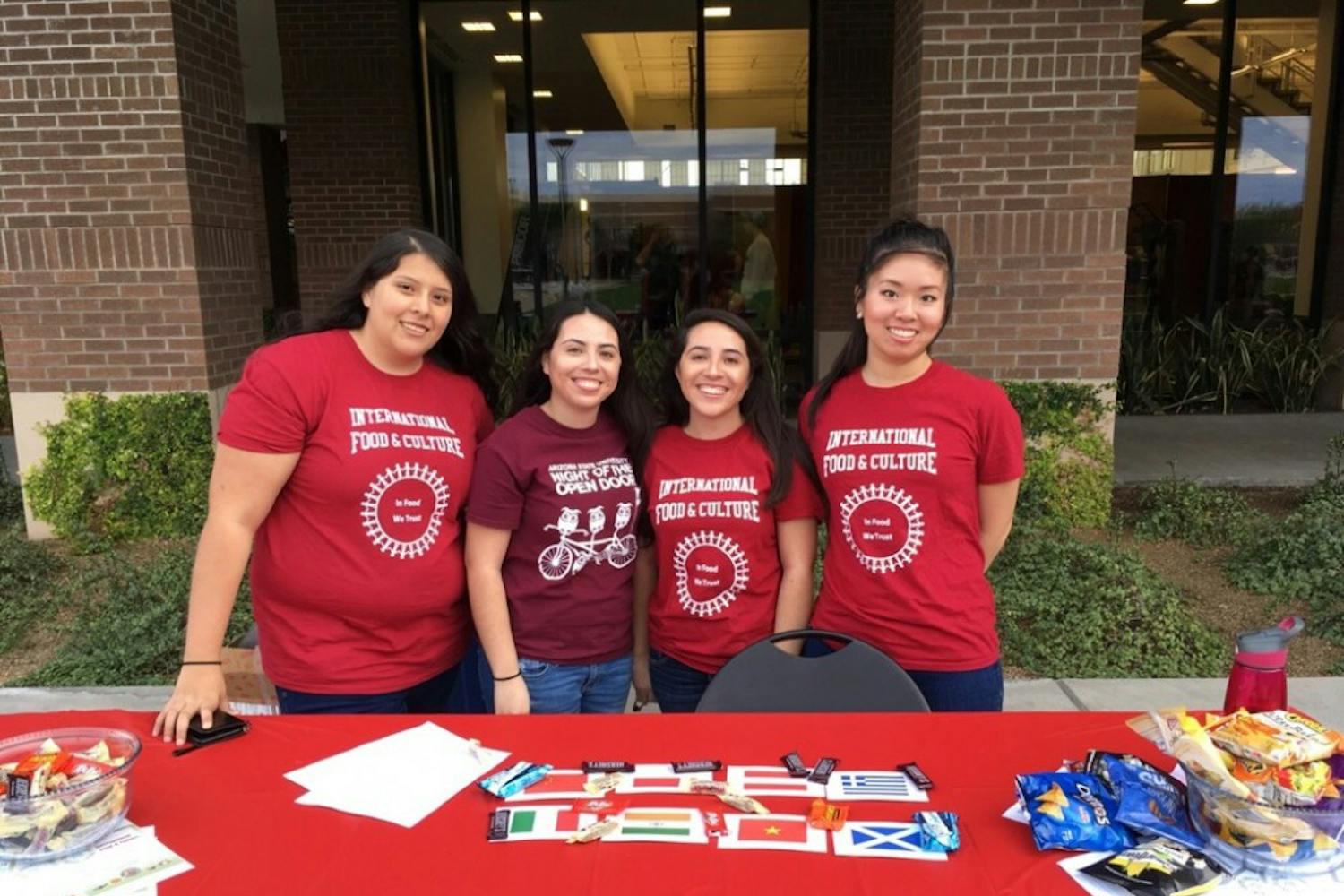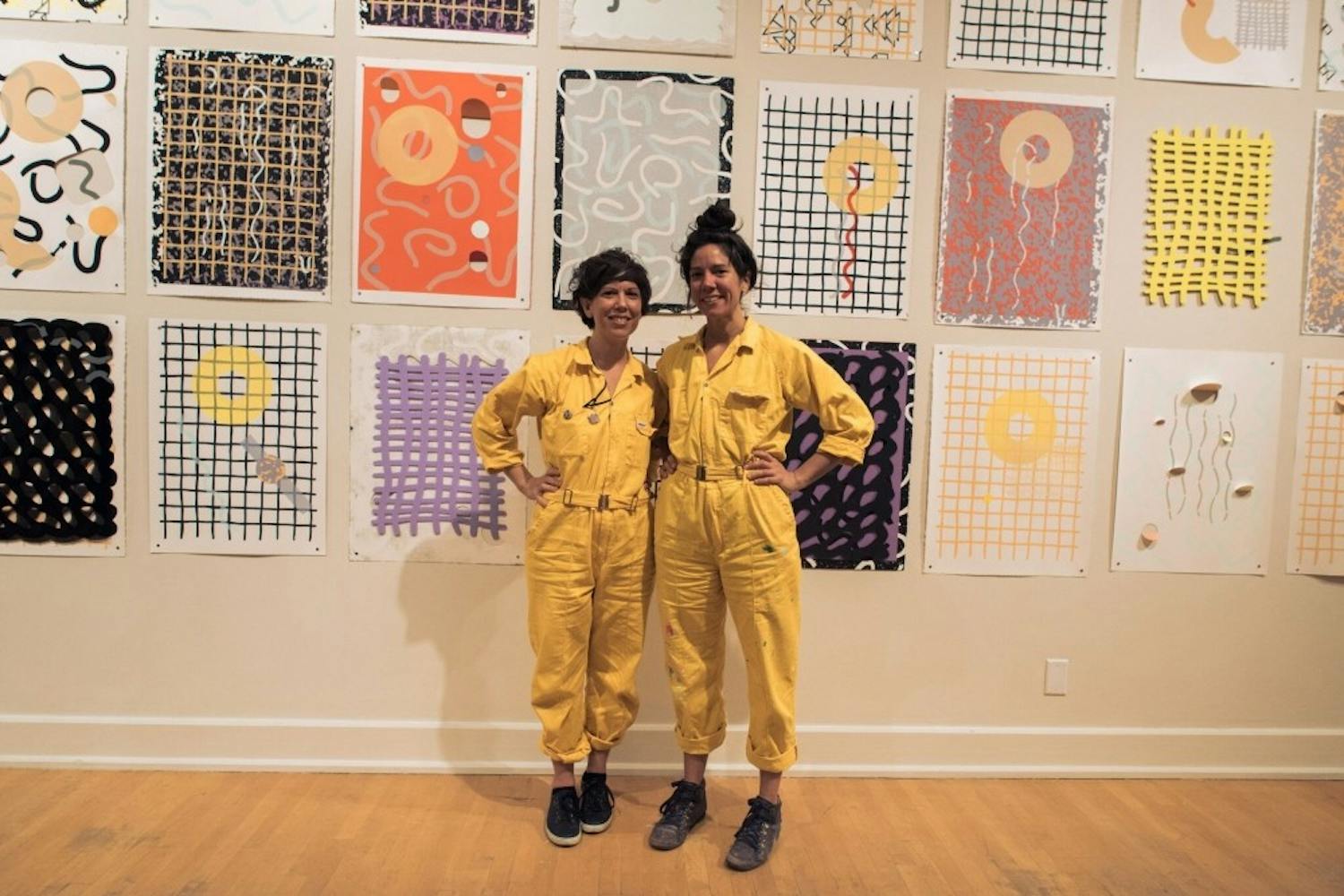Phoenix has more miles of canals than Amsterdam and Venice combined.
Canalscape, an exhibition at the ASU Art Museum that explores the idea of urbanizing the canal system, opened last week with an audience of about 650 people.
Canalscape proposes converting sections of the Valley’s 181 miles of canals where they meet major streets into vital urban hubs.
Nan Ellin, faculty member and project director for Canalscape, thought of the idea behind the exhibition.
“In our very midst, we possess a largely untapped resource for elevating the Phoenix metropolitan region into the ranks of most livable cities,” Ellin said. “The canal system that has long been our lifeblood could also be our lifeline toward a more authentic and sustainable desert urbanism.”
She and her students made a canalscape in the museum’s Nymphaeum, a traditional style of architecture involving a waterworks piece that goes down before it goes up.
Individuals involved in the conception of the Canalscape project spoke at the reception, where food and drinks were served and music was played, as visitors viewed the digital renderings of possible urban hubs created by professionals and students.
Stephen Buckman, a geography doctoral student, said he was in Ellin’s class last semester when the idea was proposed.
“One of Nan’s big things is to have the community there from point ‘A’ to point ‘Z,’” Buckman said.
He said he plans on doing his doctoral thesis on the project.
“Neighborhoods would determine the size and character of their canalscape,” Ellin said.
She envisions areas along the canals containing retail spaces, community centers, art, walkways and other features benefiting the community.
“The possibilities are endless and communities would gather to make these decisions during a half-day workshop facilitated by municipalities,” she said.
The exhibition displays images of how the canal systems used to look, what they look like now and possible future canalscape developments.
Brian Pompeii, a geographical doctoral student, said he attended the reception because he is interested in the canalscape concept.
“What drew me in [was] to see all the alternative futures for canal oriented development,” Pompeii said.
After the opening comments, dancers from the Dulce Dance Company performed a dance with choreography inspired by Canalscape in the front of the museum.
Trisha Gonzalez, an interdisciplinary senior, said she came to the event to watch the dancers’ performance but was surprised by and interested in the exhibition.
“I didn’t really think of doing something with canals,” Gonzalez said.
She said when she used to think of canals, negative thoughts came to mind, like they were dirty and contained dead bodies, but the exhibition changed her perspective about the possible uses for canals.
Ellin said the “ugly ducklings” should grow into
“beautiful swans” — “vibrant urban cores and corridors located where canals meet major streets.”
“The mixed–use urban infill would provide highly desirable places to gather by the water and an alternative to sprawl,” she said.
Students, professionals, multiple colleges within the University, companies, organizations and city governments collaborated on the concept, she said.
The exhibition is part of the museum’s “Sustainability Season” and will be on display until Dec. 1 closing with a panel discussion that night at 6 p.m.
Reach the reporter at lpalmisa@asu.edu.



